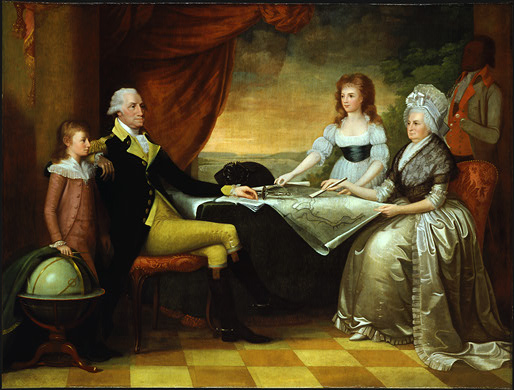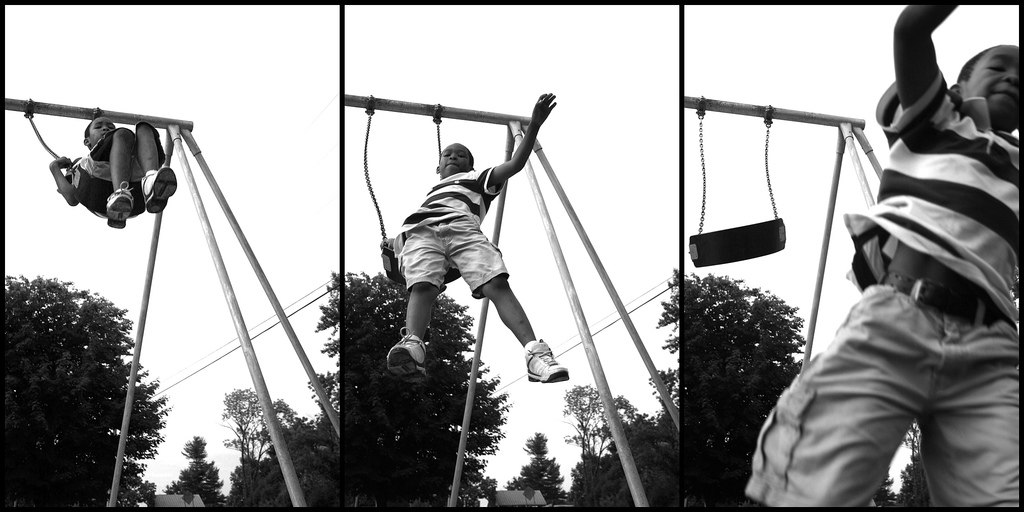When I was a kid my parents taught sexuality classes to engaged and married couples. During my high school years, I would come home, after an evening of babysitting or being with friends, to find my parents in the living room with a dozen young, eager looking couples talking about making babies. Yikes!
You might imagine that my childhood would have prepared me to talk to my kids about sex.
Nope!
For me, educating my kids about sex is still hard to do and it’s a more important conversation than ever before.
But it’s not just about having “the sex talk” with them.
As parents, we need to prepare our children (earlier than you think) to make informed choices about having sex, getting pregnant, and protecting themselves from sexually transmitted diseases. We also need to help our kids understand sexual consent.
Consent–willingness to be part of a sexual act–has become a buzzword at universities in the United States because of a series of high profile rape cases. Thankfully, several universities are adopting or developing programs to teach consent and sex ed, but I would argue (and many sex educators agree) that kids need this information sooner… long before college, starting in early childhood!
Whether you are parents of boys or girls (or both) and whether your kids are 3, 13, or older, educating your kids about sex and consent is essential. If you feel like you don’t have the tools and you’re lost on where to begin, don’t worry, we’ve got you covered.
Teaching Consent to Young Children
“No means no” with their body
Teaching consent to kids means that they need to understand that they’re words are powerful and that they are the “boss of their body” . To the extent possible, when kids say “no, don’t touch me” or “go away” or “stop”, as adults, we need to respond. Obviously, if we are rescuing a child from a burning building, we might not be able to take the time to ask permission or respond to their request to not touch them.
If, for safety reasons, you have to touch a child against her will (e.g. she needs to get a shot at the doctor’s office), do it with as much of an explanation as you can, so she understands your reasons, feels supported, and is able to stay in charge of her body.
“No means no” with tickling or chasing
If you are tickling or chasing a child and she says “no”, then you stop. You stop, even if the child is laughing and smiling, and ask “do you want more tickling?” or “Is this fun for you?”. Check in with your child. If she wants you to tickle or chase her more, she will tell you.
Also know that sometimes when kids are being tickled or chased they might not be able to breathe or talk normally. Periodically stop, during chasing and tickling play, and check in with your child. Make sure she is still having fun.
“No means no” with other children
If a child is not respecting another child’s “no” or “stop” then, as the adult, you step in. Say, “I heard Max say ‘no’. He doesn’t like that. He wants you to stop.” As the adult, your words and behavior set the tone for the kids. Your reactions help them understand what is normal. The norm is that when someone says “stop” their request is respected.
Make sure that kids know that they can come and get you for help anytime a child is not respecting their words.
What the child development research shows is that if parents remain silent when one child is overpowering another, that silence is considered approval. Instead, coach the child to stand up for himself.
“No means no” with giving and receiving affection
Part of teaching consent is the child being in charge of when and how they want to express affection to others. If a child doesn’t want to give Great Aunt Melba–or even you!–a hug or a kiss, that’s okay.
Yes, you might feel embarrassed if your child doesn’t give 80-year old great Aunt Melba a kiss. Yes, Aunt Melba might feel disappointed. But the important message here for the child, is that she is in charge of how she wants to express herself emotionally. Expressing affection physically is not something to be faked, or to feel pressured into.
Ask permission before touching infants
It’s important to help children understand that they are in control of their body being touched. This was a concept we introduced to our children as infants. We would often talk to them before we touched their body, saying, “I’m going to pick you up now” or “Now I’m going to change your diaper”.
We described each step of what we were doing to our children, even as infants. They may have been too young to give us permission to touch them, but we believe that it sent a strong message to our kids–expect that people will talk to you and get permission before they touch you.
Ask permission before touching kids
We often practiced the skill–of asking for permission–in our classroom. One of the ways we did this was with kids giving each other back rubs. We sat in a circle and had the kids ask the child in front of them, “Can I touch your back?”. Then, if permission was granted, they asked the child what kind of backrub they liked, “Do you like hard or soft rubbing? Do you like scratching?”
If a child didn’t want to give or receive a back rub in our classroom, it was okay. No one was forced into the activity.
Teach kids to expect that all people–adults, other kids, health care professionals–will get permission before touching their body.
Use proper terminology for parts of the body
Sex educators agree that using proper terminology for parts of the body is important. Name all the body parts! Don’t skip from the bellybutton to the knees!
The good news is that kids who are educated about their body are less likely to be the victims of a sexual assault in the future.
Also with young kids, talking about body parts–like penis, labia, or vulva–is not any more emotionally charged for them than talking about body parts like elbow, nose, and pinkie toe.
Plus, if you talk to your kids when they are young, it is not as embarrassing and by the time they are older, you (and they) have had some practice.
Now I’m curious about you. Which one of these tips are you going to put in place in your family? Share below and inspire others and yourself.










Great article! Question: how do you recommend navigating the toddler negativity phase and still respecting physical boundaries? Lately, every time I ask my toddler if I can change his diaper, he says “no.” I do try to empathize with him and explain why I’m taking his diaper, but that doesn’t seem to help.
Amy, great question! I might change my question from “Can I change your diaper?” to “Do you want me to change your diaper now or after you finish your snack?”. If your son needs more choice, give him choices that you can live with. Ask, “Where do you want me to change it? On the floor or the changing table?” “What toy do you want to hold while I change it?” or “What song do you want me to sing while you change it?” Same thing goes for wearing helmets or using seat belts–these aren’t optional–so let your child have choices about other things. Ask, “Do you want to do the buckle or me?”
Good tips and makes great sense. Thankyou!
I’m going to do better about talking about “no”
Glad you liked the article! Best wishes!